The Commercialisation & Global Appeal of Aboriginal Art
Aboriginal art is a unique and vibrant form of expression that reflects the rich cultural heritage of Australia’s Indigenous peoples and has gained significant global recognition in recent years.
While the commercialisation of Aboriginal art has undoubtedly broadened its reach and enhanced its appeal, concerns have been raised regarding the ethical implications of this process. This article will explore the growth of the Aboriginal art market, the benefits and challenges of its commercialisation, and the importance of preserving the integrity of this ancient art form.
The Growth of the Aboriginal Art Market
The past few decades have seen a surge in interest in Aboriginal art, both within Australia and internationally. The global appeal of this art form stems from its distinctive aesthetic, with its intricate dot paintings, vivid colours, and complex patterns, as well as its profound cultural significance. The demand for Aboriginal art has grown rapidly, with collectors, galleries, and museums worldwide showcasing and acquiring these unique works.
The Benefits of commercialisation
The commercialisation of Aboriginal art has brought several benefits to the Indigenous communities in Australia. Firstly, it has provided an essential source of income for many Aboriginal artists and their families, improving their living conditions and allowing them to pursue their craft full-time. Moreover, the commercial success of Aboriginal art has helped raise awareness of Indigenous culture and heritage, promoting a deeper understanding and appreciation of their history and traditions.
Additionally, commercialisation has led to the establishment of numerous Indigenous art centres as well as commercial galleries and co-ops and dozens of places for artists to paint when they come to the towns and cities from remote bush locations across Australia.
These art centres, galleries and painting places play a crucial role in supporting Aboriginal artists by providing access to materials, training, and opportunities for collaboration. They also serve as cultural hubs, fostering a sense of community and helping to preserve traditional knowledge and practices.
The Challenges of commercialisation
Despite its benefits, the commercialisation of Aboriginal art has given rise to several ethical concerns. A primary issue is the potential for exploitation of Aboriginal artists, who may be unaware of the value of their work and therefore susceptible to being taken advantage of by unscrupulous dealers. Furthermore, the proliferation of non-authentic Aboriginal-style art, often produced by non-Indigenous artists, undermines the cultural integrity and value of genuine Aboriginal art.
Another challenge lies in maintaining the sacred nature of certain aspects of Aboriginal art. Given that many pieces have deep spiritual significance, their commercialisation can lead to the commodification of sacred symbols and stories, potentially diluting their meaning and importance.
Balancing Profit and Preservation
To protect the integrity and cultural significance of Aboriginal art, it is essential to strike a balance between its commercial success and the preservation of its traditional roots. This can be achieved through the implementation of ethical guidelines and practices within the industry. Organizations like the Indigenous Art Code and the National Association for the Visual Arts have developed codes of conduct that promote fair and transparent dealings between artists, dealers, and collectors.
Furthermore, raising public awareness of the cultural significance and authenticity of Aboriginal art is crucial in preserving its value. By educating the public on the importance of buying ethically sourced and authentic pieces, the market for counterfeit and culturally insensitive art can be diminished.
The final Word
The commercialisation and global appeal of Aboriginal art have brought significant benefits to the Indigenous communities of Australia, but they have also posed challenges that must be addressed to ensure the preservation of this invaluable cultural heritage. Through education, ethical practices, and support for Aboriginal artists, we can continue to celebrate and appreciate the beauty and significance of Aboriginal art while safeguarding its cultural integrity for generations to come.




